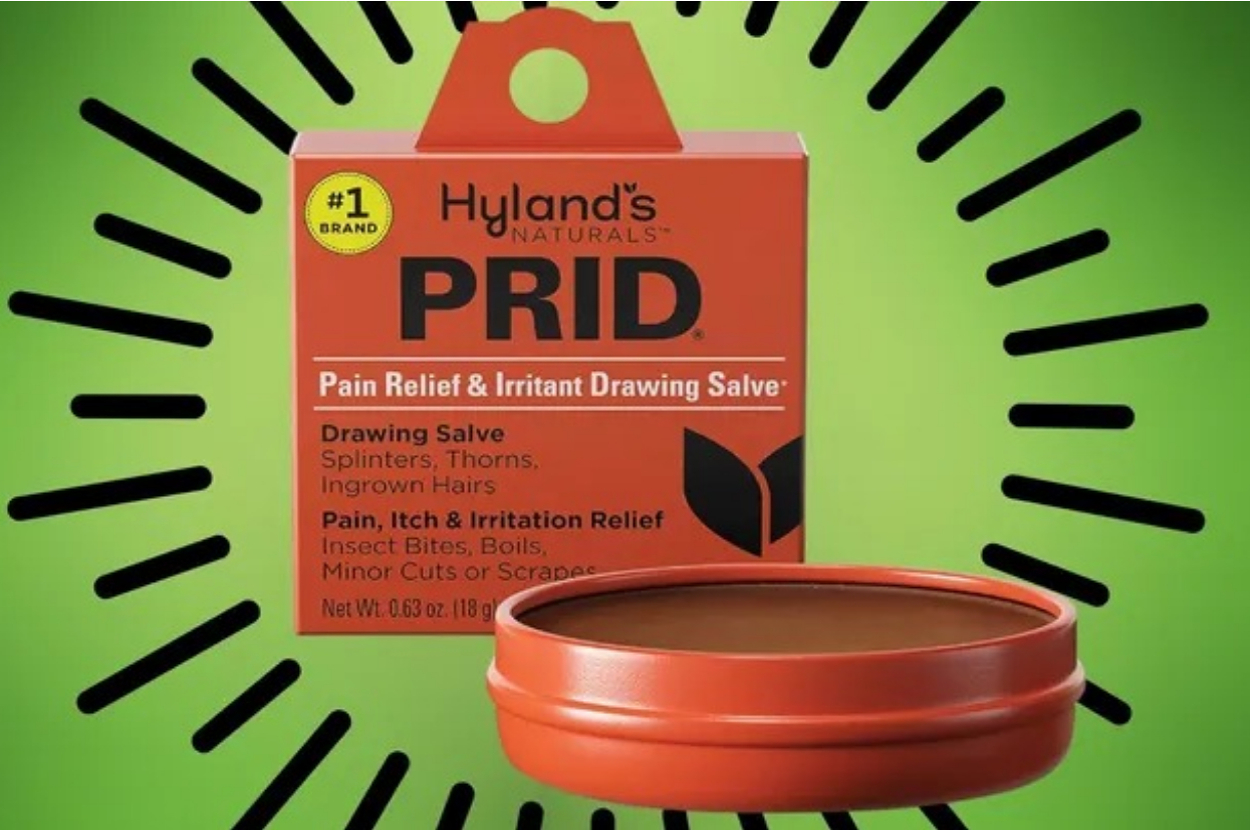“Anything new, changing or unusual is worth a mention or call to my office for evaluation and possible management,” Brauer said. “I will ask patients if they’ve noticed changes in size, shape or color of existing moles/spots. Poor healing or persistence of a scab or sore can also be an indicator of skin cancer, and should not be ignored. But in its initial healing stage, bleeding or crusting is normal.”
Brauer added: “You should do an at-home skin checkup once a month. It is important to check skin from hair and scalp to toes, and front to back. If you see unusual bumps, scabs or changes in size, shape or color, you should visit your dermatologist.”
Other possible signs of skin cancer include:
- Rough or scaly red patches, or pimples that don’t heal.
- The edges of a mole, bump or skin spot being irregular, ragged, notched or blurred, or the color spreading beyond the border.
- A pearly nodule with blood vessels on top, which could be basal cell carcinoma.
What they can tell from redness: This can be a sign of rosacea, an inflammatory skin condition, or irritation from a product. “It can also represent an allergic reaction, but this all depends on the pattern and distribution of the redness,” Kim said. “It can be due to inflammation or dilation of blood vessels.”
The intensity of the redness, the distribution and pattern — whether it’s localized or widely distributed — and the presence of other symptoms (e.g., itching, burning or dryness) are the first things that Brauer checks.
When small blood vessels break under the skin, you may notice flat, pinpoint spots (ranging from red to purple) resembling a rash. If their color doesn’t change when you press on them, they could be a symptom of two disorders: petechiae (for spots smaller than 4 millimeters) or purpura (for spots larger than 4 millimeters). These can be a sign of a vitamin K or vitamin C deficiency, per Brauer, but are also connected to more serious issues like infections and heart conditions.
Red and scaly skin may be a sign of squamous cell carcinoma, a common type of skin cancer, said Kim. These patches may crust or bleed.
And red rashes across the cheeks, called butterfly rashes, are a typical sign of the autoimmune inflammatory disease lupus, Ostad said.
What they can tell from changes to your hair and scalp: Doctors can easily determine if you have any hair loss issues or vitamin deficiencies. Kim initially checks the density and strength of the hair to look for symptoms.
Source link











Leave a Reply